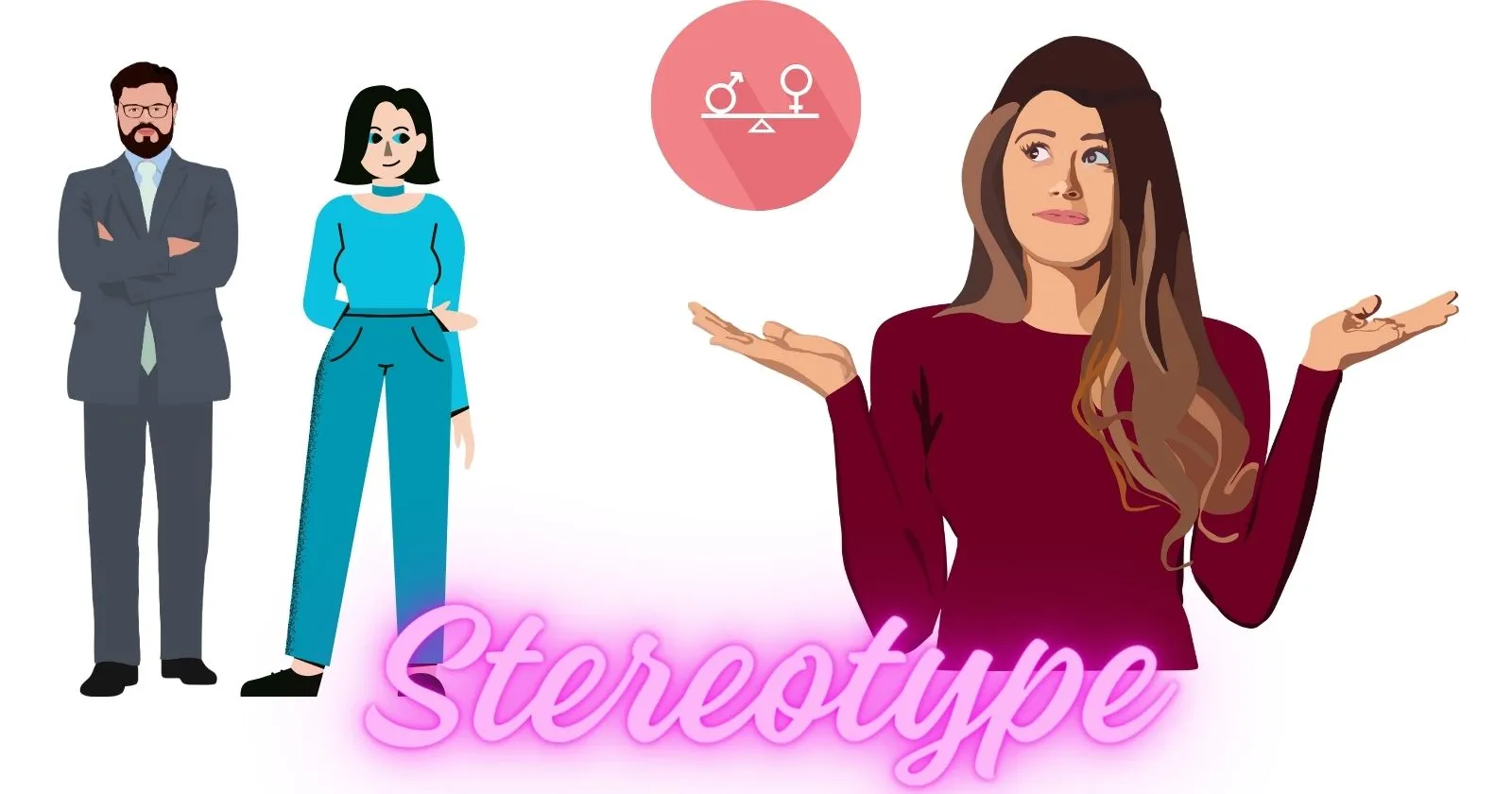Stereotype Definition, Meaning – We explain what a stereotype is, how they are formed, at what levels and what types they exist. Also, its relationship with prejudices.
What is a Stereotype?
In social psychology, stereotypes are cultural constructions created around a human group, which are based on generalizations, prejudices, urban mythologies or simplified and exaggerated perceptions of it. Generally, they attribute characteristics, properties or interests to said community, which are echoed by third parties and often end up consolidating a social prejudice.
Although the term commonly implies negative connotations, the formation of stereotypes is part of a natural process of the human mind, since it is easier to think about reality based on categories and common places, given in advance, to know more or less what to expect. of new situations.
The problem is when stereotypes replace or prevent knowing the reality of individuals: prior judgments are easy, but the reality is always complex.
Stereotypes operate on three levels:
Cognitive
When it allows us to quickly recognize social reality based on the previous concepts we have of it.
Affective
When the feelings we harbor towards said stereotype come into play, be they contempt (negative) or esteem (positive).
Attitudinal
When we act in a certain way or react to a social situation, starting from the two previous levels, taking them to the level of practice.
Must Read:- Gender | Knowledge is Power | Holistic
How are stereotypes formed?
Stereotypes are learned throughout the socialization process of individuals, inherited from their culture or often from their parents or families. Nobody is born with them, everyone is 100% learned, but once incorporated into the idea we have of the world, they are particularly difficult to eradicate.
Even if you have rational access to information that disproves them, stereotypes can be sustained. That is the reason why they continue to be transmitted.
The media and culture play an important role in the construction or destruction of stereotypes. For example, when the fictions that we consume most often insist on showing a type of people in the same and unique way, we are generally in the presence of a stereotype.
Types of Stereotypes
Stereotypes can be classified depending on the type of population they are about, for example:
Class stereotypes
Those that have to do with some social class, understood as a homogeneous set of individuals. For example: “The rich don’t steal”, “The poor don’t like to work”.
religious stereotypes
Those that apply to a congregation or to the practitioners of a religion, often in combination with ethnic or cultural criteria. For example: “Muslims are backward”, and “Buddhists are peaceful and wise”.
Racial stereotypes
Those that have to do with a specific ethnic or human race, to which specific physical, mental or moral traits are attributed. For example: “Blacks know how to dance”, “Asians are good at mathematics”, and “Latinos are passionate and violent”.
Gender stereotypes
Those that assign certain roles, behaviors and characteristics to the two biological sexes, or to sexually diverse communities. For example: “Women are not very rational”, “Men are unfaithful”, and “Homosexuals are promiscuous”.
Cultural stereotypes
Those that have to do with a specific nationality or cultural origin. For example: “Germans are racist”, “Colombians are criminals”, and “Africans are poor”.
Stereotypes and prejudices
Stereotypes model to a certain extent our perception of social reality, so that those experiences or individuals that do not fit them are usually considered “strange”, “abnormal” or “eccentric”, since they contradict what we had assumed. This, in the long run, causes us to “filter” the information coming from the world to ignore what contradicts our stereotypes and cling to what reinforces them.
This is how prejudices are born, which are prior judgments, generally negative, that we make about unknown people, judging by their membership in a specific social group. Prejudice often prevents us from judging people for who they are individually, and often leads to attitudes of contempt or outright hostility, which can translate into discrimination and other forms of intolerance.
